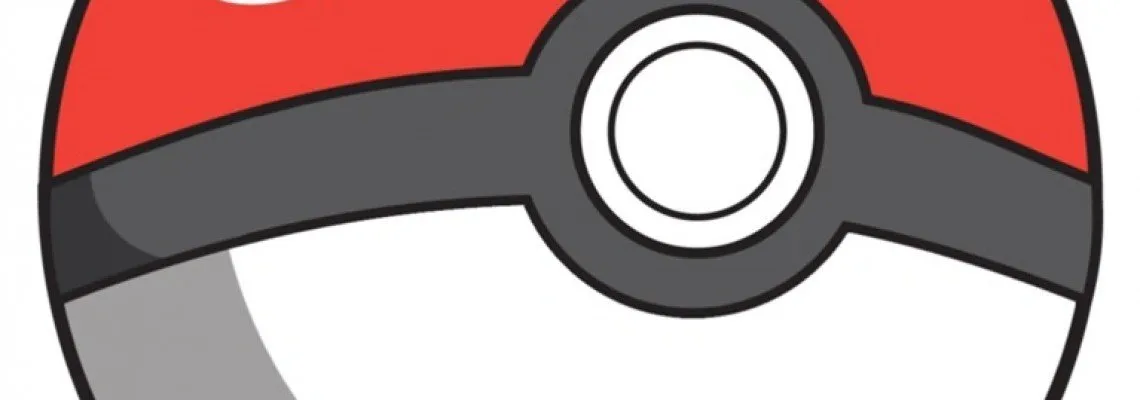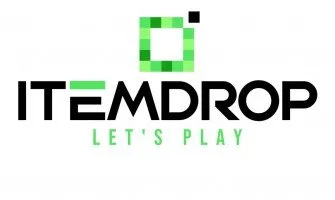The Science Behind Poké balls!

Poké Balls - a heavy staple of the Pokémon universe and one of the most recognisable symbols of the franchise - are integral to the world of Pokémon since their first introduction.
But how do they work? Have we ever been given an exact definition?
Over the years, we've had trickles of official information, but with enough digging in the games, shows, and even books, the answers are there! Let's take a little peek into the world of Pokémon science.
Conservation of Mass
The biggest issue that comes from the idea of a Poké Ball is the conservation of mass - you remember this from school, right? The law of conservation of mass states that mass in an isolated system is neither created nor destroyed. So, how is it that Poké Balls of all the same size can store and release Pokémon of all different, wildly varying shapes and sizes and weights?
Pokémon Legends: Arceus explains this briefly, with Professor Laventon explaining that Pokémon have the ability to reduce their size to minuscule, and Poké Balls take advantage of this to contain them.
From the tiny Joltik to the mountainous Registeel, the humble Poké Ball handles them all. There has been a lot of conversation online on how exactly this works, and there's an in-universe answer provided in the form of a game mechanic and influential scientist (in the Pokémon world, at least)
Bill
A name we all might recognise, but why exactly? Well, the scientist Bill was the first person to "digitise" Pokémon. In a world where data transfer is common in shops and homes, Bill expanded the tech to Pokémon storage. Thanks to him, we can store captured Pokémon in PCs.
In the world of Pokémon, digital access is paramount! Though not all are comfortable living in such a digital world (such as moving companies, as shown in the game, transporting your stuff manually rather than digitally, despite this being a known possibility in-game), Pokémon have been ingrained into cyberspace thanks to Bill and his technological advancements into the world of Pokémon.
Interestingly, Bill didn't stop with Pokémon - he eventually tried, successfully, with human subjects too (shudder).
This even led to an infamous episode where human data gets mixed with a Rattata, forming one mixed creature. Eat your heart out, The Fly.
So, does this translate to the science behind Pokémon balls?
The history and how it works
Originally, Poké Balls were storage devices for items, utilising the same digital transfer concept as items were much easier to store. At some point, it was discovered it could hold Pokémon too, and they quickly adapted the design around this, advancing the technology.
(This is why you find Poké Balls with items in them, around games - fancy that!)
Essentially - Pokémon are just digitised! Turned into code and stuffed inside a digital world within the Poké Ball. Allegedly, it's comfortable for Pokémon, and the internal space is tailored towards the specific Pokémon's needs via simulation and data. Though humans don't share this comfort. There have been a few instances of people being inside the digital space, and they described it to be "sterile" and "wrong."
Furthermore, every Pokémon comes with its own unique ID that the Poké Ball scans and registers. This is how you recall and release the Pokémon later! (This is also why you cannot capture somebody else's Pokémon - their digital ID has already been recorded by the other trainer. Clever!)
The Poké Ball is a complex computer in the modern Pokémon world that determines the optimal digital environment for the Pokémon living within it. Over time, the digital world given to the Pokémon can adapt, too, to better fit its personality and wants.
This "digital data" similarly explains how Pokémon are transferred to PCs, or quickly scanned and healed by Pokémon centres. It's a digital world!
It's easy to see how various Poké Ball designs would have different types of coding or technology, too, depending on the specifics they were designed for, such as a netball being coded to hunt bug-type Pokémon more effectively.
Extra facts
The digital world of Pokémon has more than just storage! Dr. Akihabra improved on Bill's work by reversing the idea - instead of turning Pokémon into data, they wondered: can they turn data into Pokémon? (The answer was yes, by the way.) This led to the invention of a completely artificial Pokémon known as Porygon!
And did you know TMs are also digital codes that can be imprinted into the Pokémon in Poké Balls? On these disks are instincts that can be taught to Pokémon, imprinting new movesets on them. This was done much the same way we burn CDs to computers, which is a weird concept when we're talking about living Pokémon. Due to how expensive TMs are to produce in the Pokémon world, companies that create them make them one time only, as a form of copyright protection.
Also, A Poké Ball can be broken! In the event this happens, it will release the Pokémon inside from ownership, as seen when Jessie releases her Dustox in Crossing Paths. Again, it makes sense - the item that registered the Pokémon's digital ID just broke, rendering that ID free again.
And did you know that humans can be put into Poké Balls too? Though, as stated, it's difficult to do so and rather uncomfortable for people to inhabit this cyberspace. The unwilling nature, plus our strength, allows us very easily to break free from the confines of the ball. Though certain Pokémon also resist (hence the ball shaking), they are less likely to resist than humans.
Interesting stuff!
Conclusion
Well, there we have it! The science of Poké Balls revolves around the digital age of advanced technology. While we still don't have a concrete answer on how exactly the technology behind a Poké Ball works, we now have a better understanding of the process a Poké Ball uses to store and access Pokémon. It may be we never get a full answer, as the series continues to evolve and adapt, so too will the humble Poké Ball and all its variations. Maybe Pokémon Legends: Z to A will shed some more light on the subject, too!
Keep in mind, plenty of other theories and explanations exist out there - this compilation of data was done from various sources online, all with varying results. If you're in doubt or simply want to learn about it yourself, you'd better go play the Pokémon games and immerse yourself in the world of Pokémon and find the answers for yourself ;)
























































Leave a Comment